 | Arctic Strategic Outlook | Since the release of the Coast Guard Arctic Strategy in 2013, the renewal of global strategic competition has coincided with dramatic changes in the physical environment of the Arctic. The interaction of these drivers has made the Arctic a strategically-competitive space for the first time since the end of the Cold War. Competition does not preclude cooperation, and the Coast Guard will always look for opportunities to collaborate to solve complex issues. However, the Service must do so within the context of the Nation's national security interests. | 4/23/2019 | |
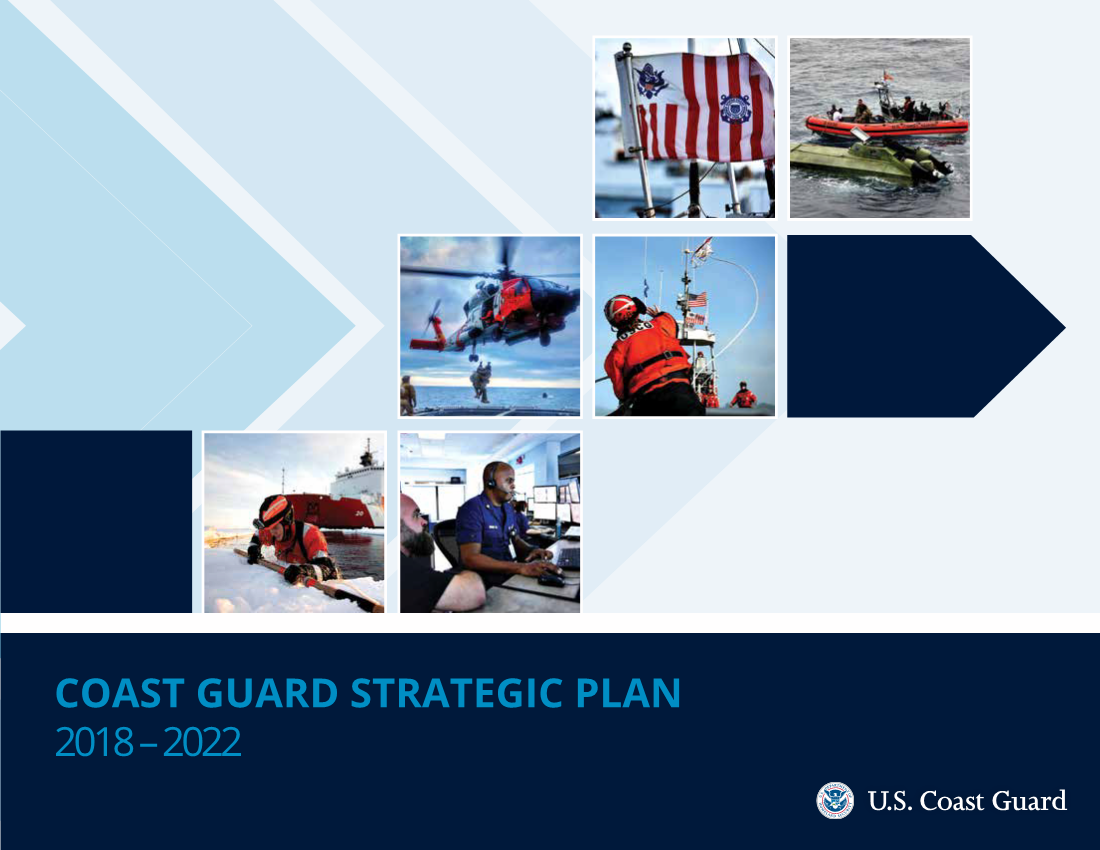 | 2018 Strategic Plan | The Coast Guard Strategic Plan 2018-2022, which represents our Senior Leaders’ shared vision to advance the Service
over the next four years. This Strategic Plan supports the Department of Homeland Security (DHS) and the National Security Strategy (NSS)
to ensure a safe, secure, and prosperous homeland. The lines of effort in this plan emphasize our need to invest in Service readiness while
fine-tuning mission execution and operational support to meet the needs of the Nation. | 11/15/2018 | 11/2/2022 |
 | Maritime Commerce Strategic Outlook, table drop | Table drop for Maritime Commerce Strategic Outlook | 10/11/2018 | |
 | Sexual Assault Prevention, Response, and Recovery | Sexual assault remains a significant problem affecting every segment of our society. It is a tragedy whenever it occurs and has no place in our Coast Guard. It is incompatible with our American values and our military culture. Sexual assault undermines our morale, degrades our readiness, damages our mission performance, breaks our obligation to one another, and erodes public trust in the nation’s Armed Forces. We have made noteworthy progress since the release of the 2013-2017 Coast Guard Sexual Assault Prevention and Response (SAPR) Strategic Plan, but until we have eliminated this behavior, we will continue to work to execute the objectives within this plan. | 8/23/2018 | |
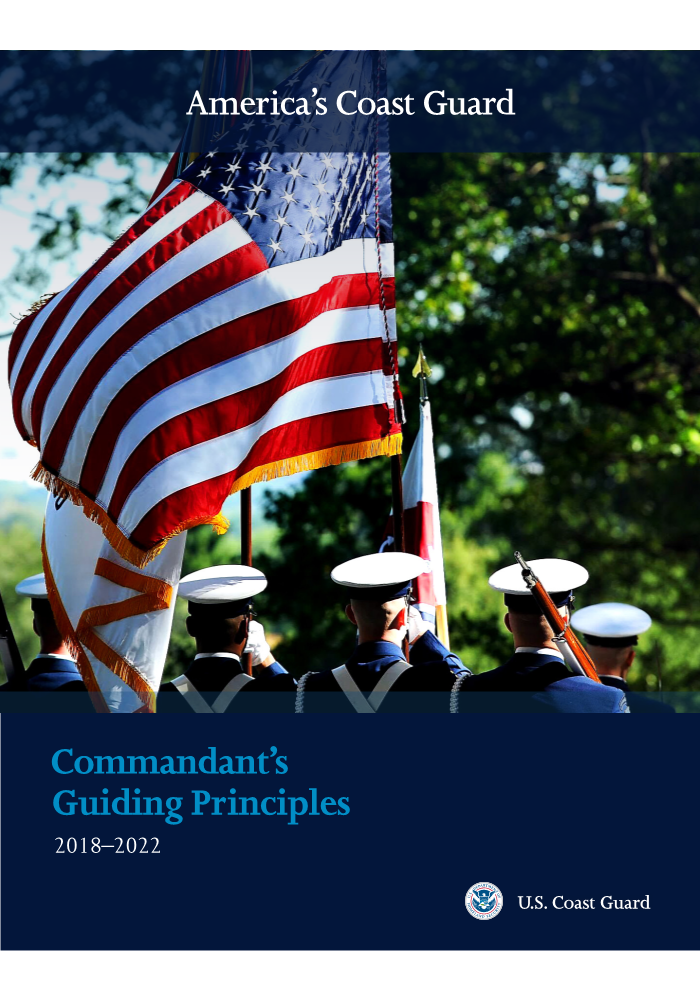 | Commandant’s Guiding Principles 2018-2022 | Commandant’s Guiding Principles 2018-2022 | 5/30/2018 | 11/2/2022 |
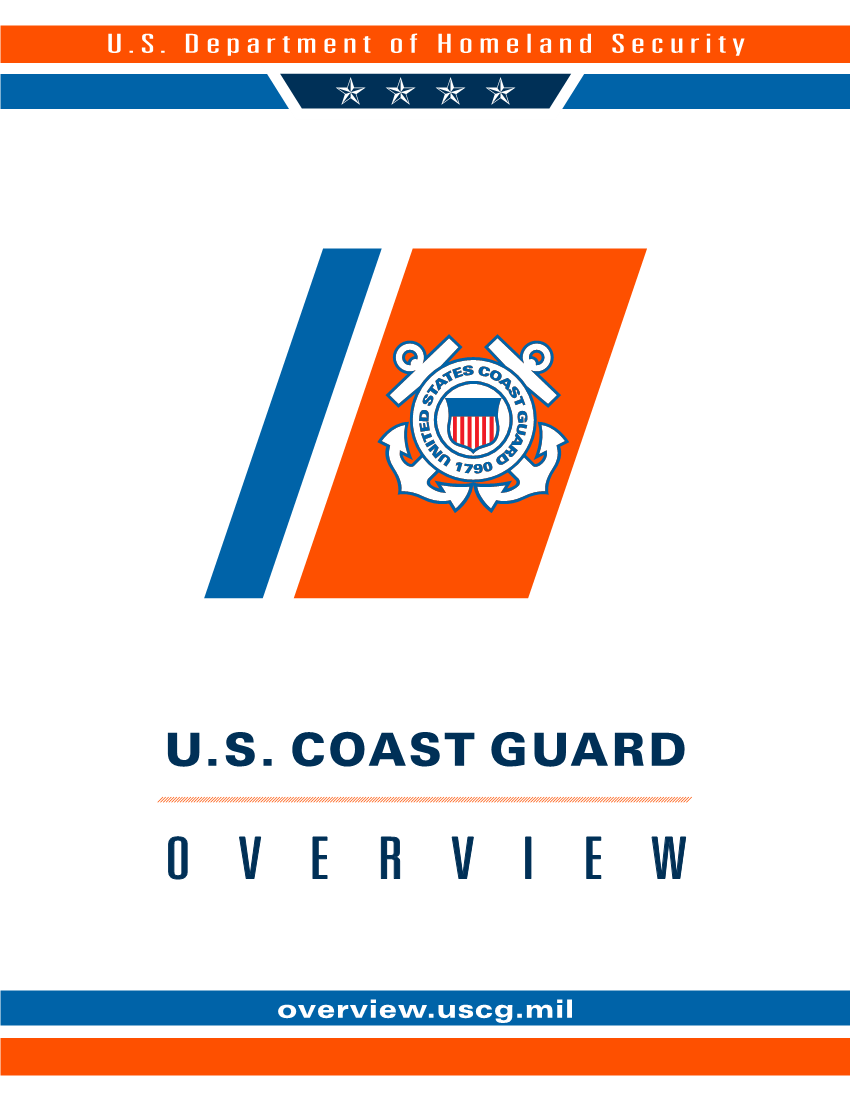 | U.S. Coast Guard Overview | The over 56,000 members of the Coast Guard operate a multi-mission, interoperable fleet of 243 Cutters, 201 fixed and rotary-wing aircraft, and over 1,600 boats. Operational control of surface and air assets is vested in two Coast Guard geographical Areas (Pacific and Atlantic), nine Coast Guard Districts, and 35 Sectors located at strategic ports throughout the country. Six Mission Support Logistics and Service Centers provide services for operational assets and shore facilities. Coast Guard program oversight, policy development, and personnel administration are carried out at Coast Guard Headquarters located on the St. Elizabeths campus in Washington, DC. | 11/9/2017 | 11/1/2022 |
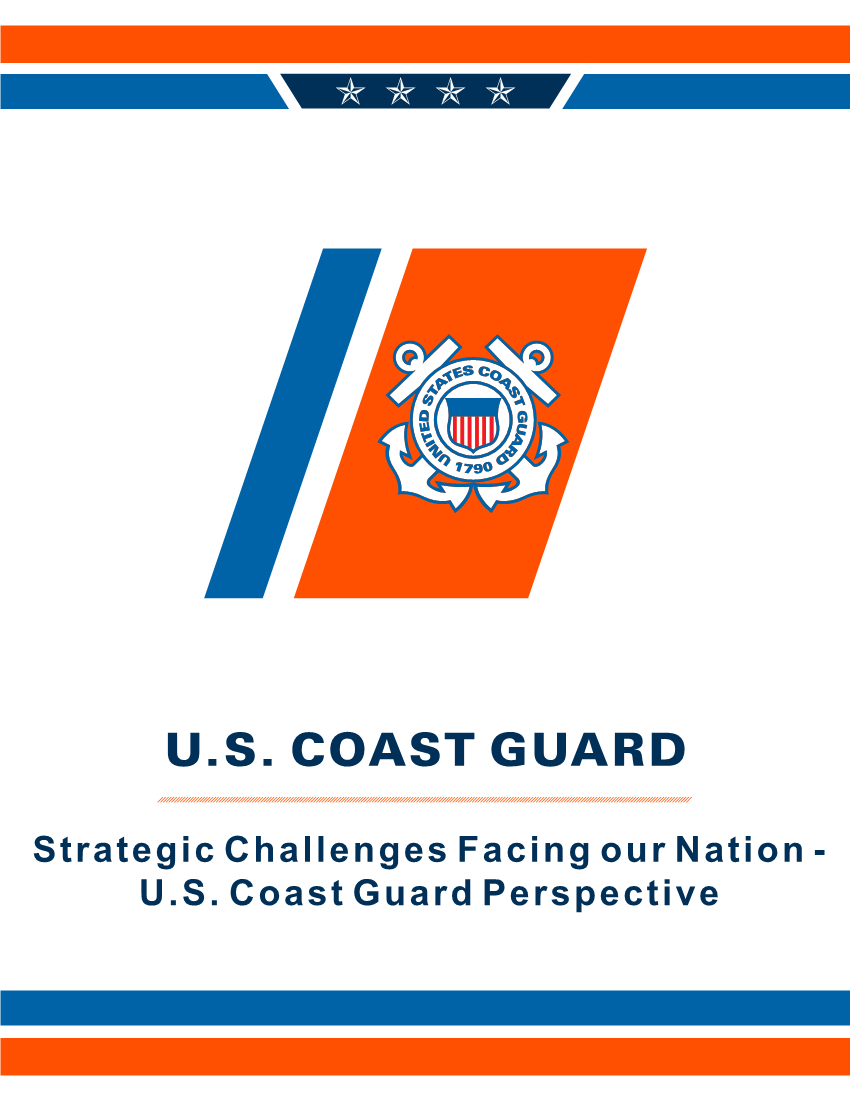 | Strategic Challenges Facing our Nation - U.S. Coast Guard Perspective | Combating Transnational Organized Crime in our Hemisphere, Preserving Sovereignty and Expanding Access and Presence in the Polar Regions, Protecting Critical Infrastructure from all-domain Threats, Including Cyber, Facilitating Maritime Commerce, Building the 21st Century Coast Guard | 12/2/2016 | |
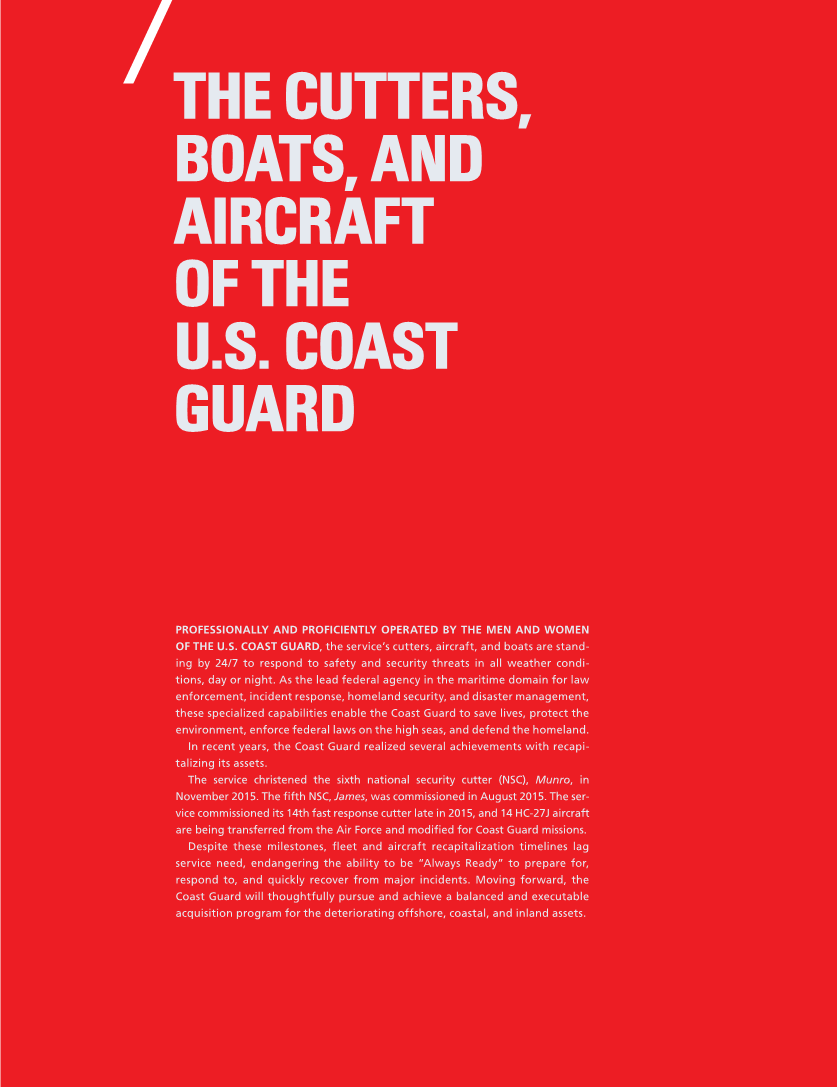 | The Cutters, Boats, and Aircraft of the U.S. Coast Guard | Professionally and proficiently operated by the men and women of the U.S. Coast Guard,, the service’s cutters, aircraft, and boats are standing by 24/7 to respond to safety and security threats in all weather conditions, day or night. As the lead federal agency in the maritime domain for law enforcement, incident response, homeland security, and disaster management, these specialized capabilities enable the Coast Guard to save lives, protect the environment, enforce federal laws on the high seas, and defend the homeland. | 7/31/2016 | |
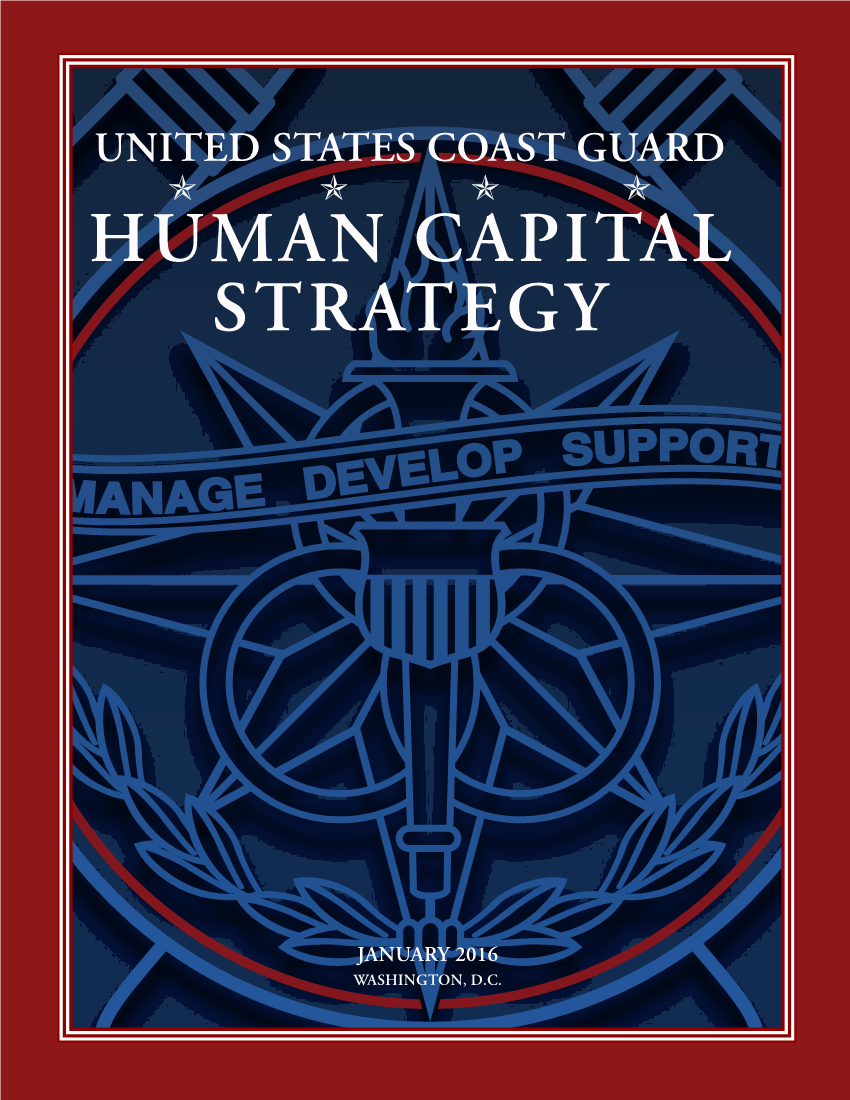 | Human Capital Strategy | For more than two centuries, the U.S. Coast Guard has performed increasingly complex missions in the most challenging marine environments. We protect those on the sea, protect the Nation from
threats delivered by the sea, and protect the sea itself. Across the Coast Guard’s diverse mission set, on all our platforms and in every location, it is our people who get the job done. | 1/30/2016 | |
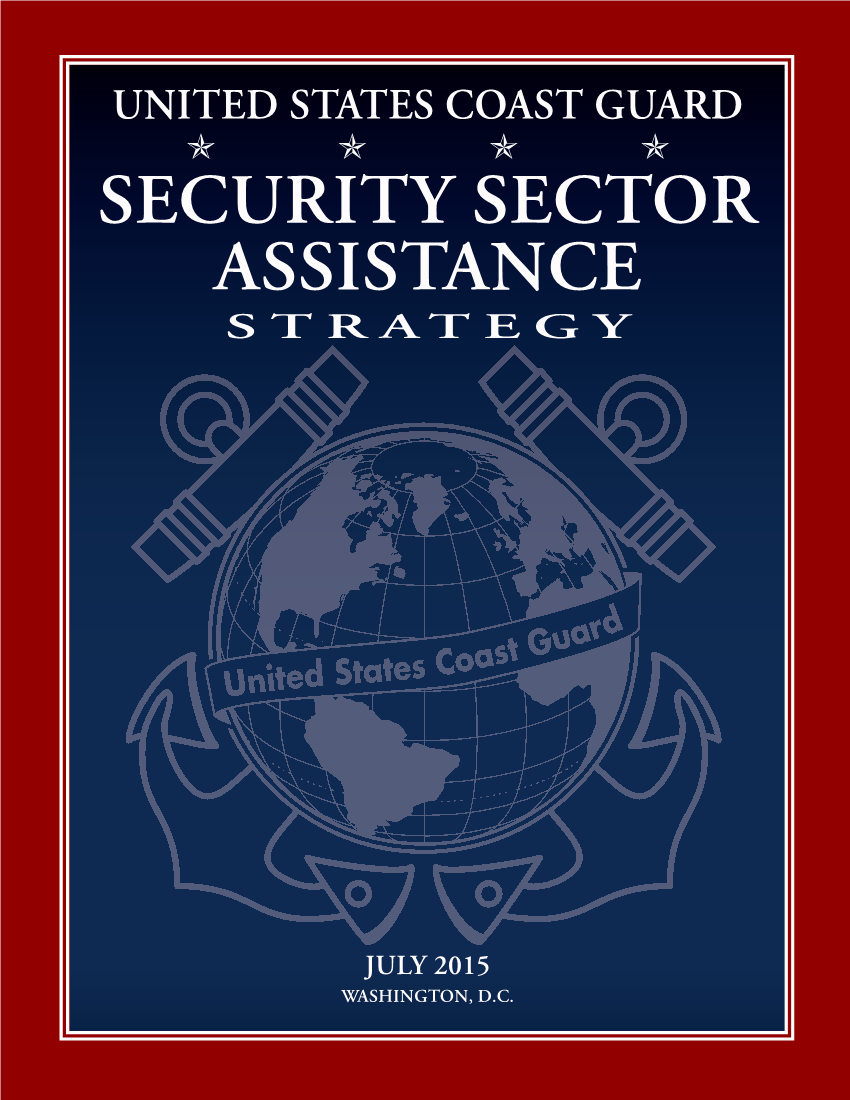 | Security Sector Assistance Strategy | Successful Coast Guard-led development programs are built around a three-strand critical path emphasizing vessel operation, vessel sustainment and boarding party employment; without which coast guards and navies, regardless of size, cannot deter or defeat threats from the sea. Achieving and sustaining self-sufficiency in these core areas requires an equal or greater investment in designing and institutionalizing an array of support systems, processes, policies and authorities which are addressed elsewhere in this strategy. | 7/31/2015 | |